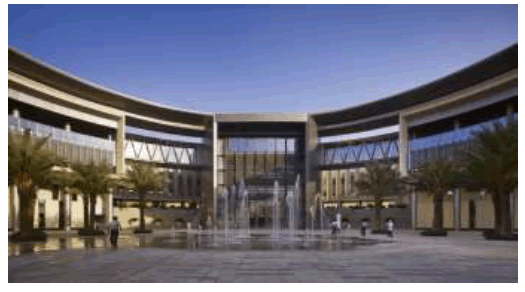Sheikh Abdul Saeed
Problem Based Learning (PBL) in Medical Education was introduced almost 50 years ago by McMaster University. In this teaching and learning strategy students work as a team to solve complex real-world clinical problems. This introduction had a ripple effect far beyond the confines of the Medical Education. Today hundreds of medical schools worldwide have adopted this strategy utilizing integrated system approach. King Saud Bin Abdulaziz University of Health Sciences opened its door for the first batch in 2004 in its Riyadh Campus and in 2010 at its Jeddah campus. University of Sydney PBL integrated curriculum was employed and over the years it has been gradually amended to suit local needs. It’s a six-year, three phase programme. In Phase I, emphasis is on English language and strengthening the Basic Sciences including Chemistry, Physics, Biology, Anatomy, Physiology, Pathology, Biochemistry, Microbiology, Immunology, Pharmacology, Ethics and introduction to contextual, integrated Problem Based Learning. In Phase II, students apply their Basic Medical Sciences knowledge (Anatomy, Biochemistry, Microbiology, Pharmacology, Physiology, and Pathology) in a system based, contextual process revolving around Clinical cases. Didactic lectures are used to reinforce learning from the PBL. Moreover, learning is strengthened by relevant Clinical Skills sessions. In the Phase III, students go through Clinical rotations in various clinical disciplines, learn clinical skills on real patients as well as on state-of-the-art mannequins and apply their Basic Medical Sciences knowledge to solve clinical cases. In this presentation we have concentrated on Neuropysiology teaching and learning in Phase II.

分享此文章